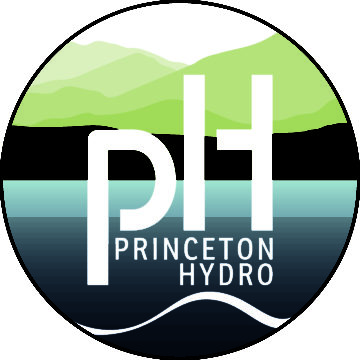Now that fall is here, temperatures are cooler and the toxic algae outbreaks, harmful algae blooms, known as HABs, causing beach closures and advisories at Lake Hopatcong and elsewhere have begun to abate.
But while the water is no longer a sickly green, we should keep in mind the harm done to the economies of lakeside communities. Much needs to be done to prevent the recurrence of these appalling algae outbreaks, and we need to start now. There’s no time like the present – when the recollection of fouled waters is still with us.
But first, here’s a quick primer on what causes HAB outbreaks. In a balanced aquatic ecosystem, algae are always moderately present. However, heavy rains, followed by periods of sunny and hot weather, create the conditions for algae outbreaks – especially when stormwater, soil erosion, and sewage spills carry phosphorus-laden water over parking lots or sidewalks where the water can’t be absorbed into the ground. More phosphorus increases the total amount of algae and leads to more “bad” blue-green algae that make up a HAB.
Toxic algae outbreaks are a serious concern. They can cause rashes and flu-like symptoms in people, and dogs can die from playing in infested waters. Economically, HABs do significant damage, from bans on recreational waters that support local economies to threats to health. A property’s value near an infested lake can drop by up to $85,000, and waterside communities can lose millions of dollars in revenue from tourism, boating, fishing and other sectors.
We have six months until things begin heating up again. That’s six months to take concerted action so our New Jersey lakes can stay open for business (and pleasure) next season. There are four things that residents, businesses, and local governments must do:
- Improve aging “gray” infrastructure: sewer drains, pipes and treatment systems that can leak and overflow with age. Upgrades aren’t complex but do require significant government investment.
- Invest in “green” stormwater infrastructure: sustainable and resilient designs such as rain gardens, constructed wetlands, floodplain reconnection, stream restoration, permeable pavement and green roofs. All of these employ natural processes to collect and filter out pollutants – most importantly, phosphorous. Green approaches also decrease stormwater runoff and soil erosion. Investing in green infrastructure also helps create jobs. Let your local government representatives know of a valuable resource to understand and implement green infrastructure – the New Jersey Green Infrastructure Municipal Toolkit.
- Implement regional/watershed-based planning: for example, restoration plans, watershed implantation plans, runoff effluent limits and regional stormwater utilities. Last March, Gov. Phil Murphy signed into law a bill authorizing municipalities and counties to begin implementing a stormwater utility. These utilities are already in place in 40 states. Stormwater utilities are markedly improving water quality in the Chesapeake Bay, for example, stimulating tourism and the crabbing/fishing industry. Contact your local or county government representative to express your support for all these options.
- Pass the Water Quality Protection and Jobs Creation Act: HR 1497 in the U.S. Congress would provide funding to the states to bolster clean water infrastructure. But fewer than 15 percent of House members have signed on, with just one Representative from New Jersey – Rep. Tom Malinowski from the 7th District. Call your Representative and urge him or her to sign on.
The above is a recipe for preventing the algae explosion that befouled many of our lakes last summer. By making the necessary investments, we can simultaneously create jobs, reduce flood impacts, improve fisheries, maintain or increase lakefront property values, improve water quality and preserve our water-based tourism. The time to act is literally now.
Geoffrey Goll, PE, is president of Princeton Hydro, LLC, a water resources engineering and natural resources management small business in New Jersey. Princeton Hydro is a member of the American Sustainable Business Council and the New Jersey Sustainable Business Council and is on the steering committee for the Clean Water is Good for Business campaign.
This article was originally published in NJ.com

